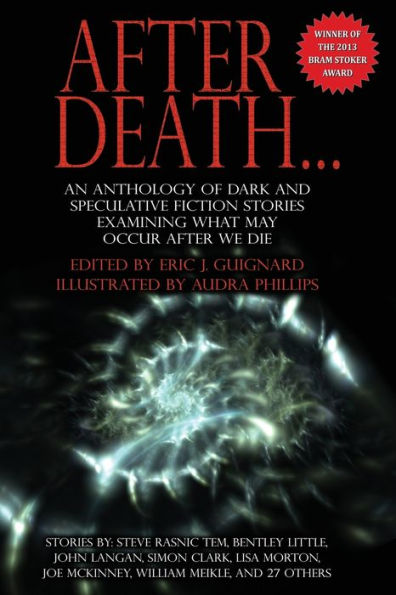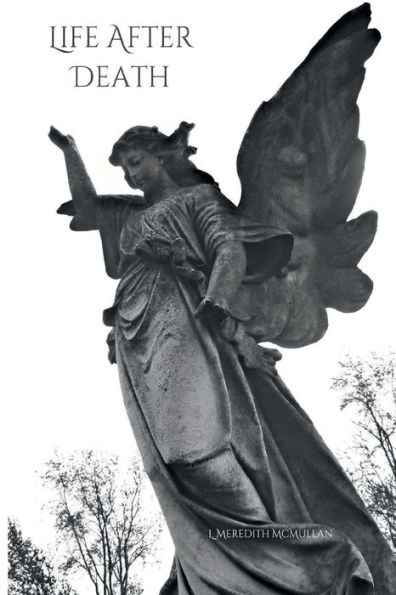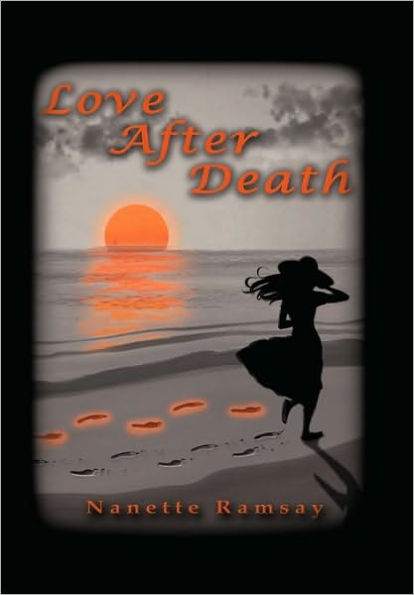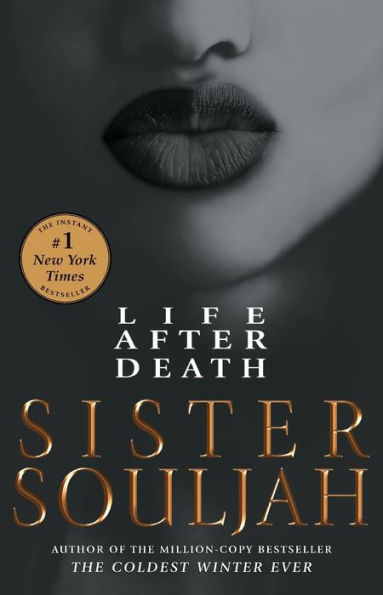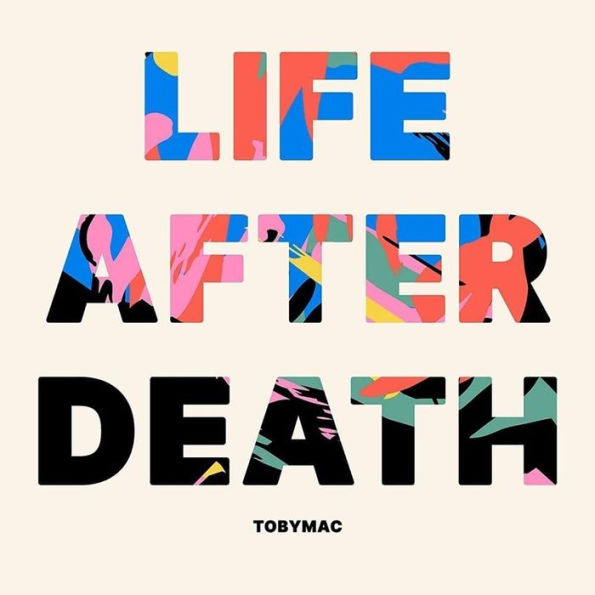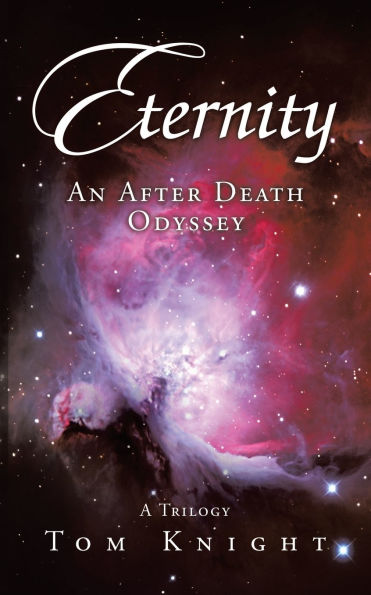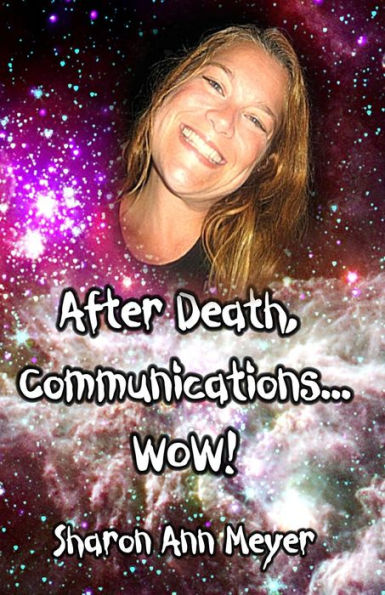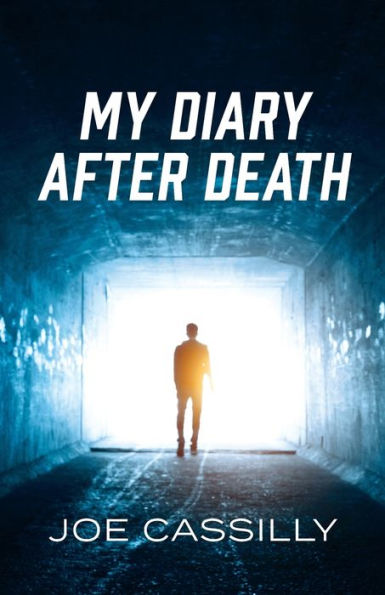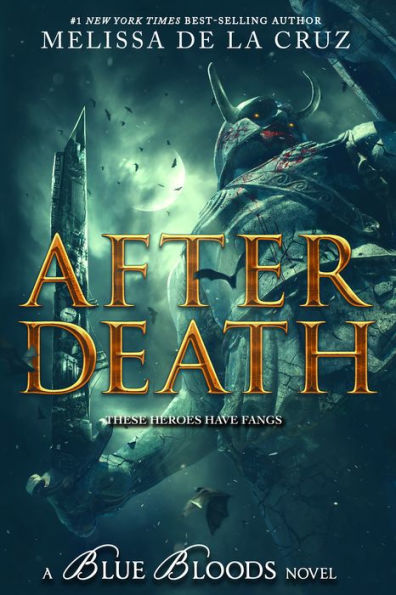Home
Lost Themes III: Alive After Death
Barnes and Noble
Loading Inventory...
Lost Themes III: Alive After Death
Current price: $15.99
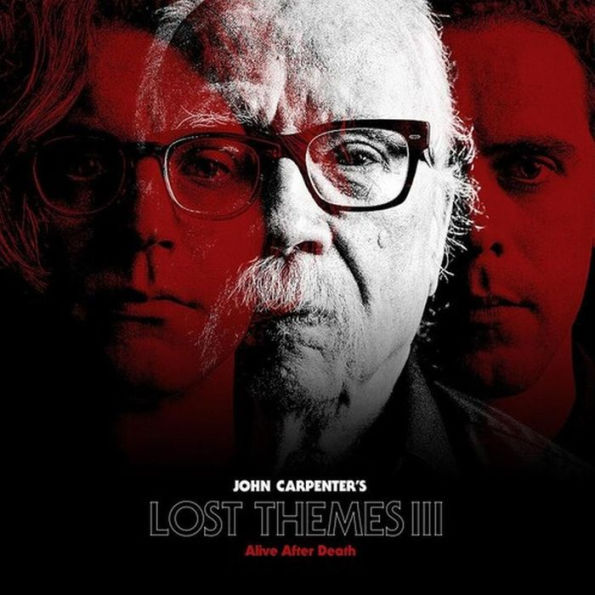
Barnes and Noble
Lost Themes III: Alive After Death
Current price: $15.99
Loading Inventory...
Size: CD
*Product information may vary - to confirm product availability, pricing, shipping and return information please contact Barnes and Noble
Though
John Carpenter
has described all of his Lost Themes albums as imaginary soundtracks,
Lost Themes III: Alive After Death
might come even closer than
Lost Themes II
did to resembling an actual score. This might be due to
Carpenter
, his son
Cody
, and godson
Daniel Davies
recording new versions of his movie music on 2017's
Anthology: Movie Themes 1974-1998
and then touring in support of it, but at any rate,
Lost Themes III
's ebb and flow of interludes and set pieces has a cohesion that rivals his soundtracks.
delivers wonderfully spooky atmospheres on tracks like "Turning the Bones" and "Dripping Blood," a moment of somber, introspective beauty that stands in contrast to its Grand Guignol title. Elsewhere, the album revels in the gonzo gusto that made the director's movies cult favorites. With its berserk keyboard motif, big bad guitars, and shivery synth pads, "Cemetery" sets the stage for a supernatural showdown. It's one of many moments on
that reaffirms how much fun it is to imagine all the potential stories that
's compositions suggest. "The Dead Walk"'s four-on-the-floor beat hints that the dead could also be dancing before it shifts gears into a haunting piano respite, then closes with a chase scene and a final reckoning.
and company intensify that feeling of doomy finality on the excellently named "Carpathian Darkness," which closes the album by roaming from a moody piano melody to guitar heroics. While the electronic side of the director's music is more fashionable -- and ably represented by the standout "Weeping Ghost" -- his commitment to hard rock is admirable. He blends both aspects particularly well on "Alive After Death," where wailing guitars provide a contrast to the poignant synth melody. Indeed, the electronic tones
uses on the album are distinctive and often beautiful, particularly on "Dead Eyes," where the otherworldly sparkle he's known for shines. Arriving at a time when so many artists are inspired by his music,
proves
is still one of a kind. ~ Heather Phares
John Carpenter
has described all of his Lost Themes albums as imaginary soundtracks,
Lost Themes III: Alive After Death
might come even closer than
Lost Themes II
did to resembling an actual score. This might be due to
Carpenter
, his son
Cody
, and godson
Daniel Davies
recording new versions of his movie music on 2017's
Anthology: Movie Themes 1974-1998
and then touring in support of it, but at any rate,
Lost Themes III
's ebb and flow of interludes and set pieces has a cohesion that rivals his soundtracks.
delivers wonderfully spooky atmospheres on tracks like "Turning the Bones" and "Dripping Blood," a moment of somber, introspective beauty that stands in contrast to its Grand Guignol title. Elsewhere, the album revels in the gonzo gusto that made the director's movies cult favorites. With its berserk keyboard motif, big bad guitars, and shivery synth pads, "Cemetery" sets the stage for a supernatural showdown. It's one of many moments on
that reaffirms how much fun it is to imagine all the potential stories that
's compositions suggest. "The Dead Walk"'s four-on-the-floor beat hints that the dead could also be dancing before it shifts gears into a haunting piano respite, then closes with a chase scene and a final reckoning.
and company intensify that feeling of doomy finality on the excellently named "Carpathian Darkness," which closes the album by roaming from a moody piano melody to guitar heroics. While the electronic side of the director's music is more fashionable -- and ably represented by the standout "Weeping Ghost" -- his commitment to hard rock is admirable. He blends both aspects particularly well on "Alive After Death," where wailing guitars provide a contrast to the poignant synth melody. Indeed, the electronic tones
uses on the album are distinctive and often beautiful, particularly on "Dead Eyes," where the otherworldly sparkle he's known for shines. Arriving at a time when so many artists are inspired by his music,
proves
is still one of a kind. ~ Heather Phares
Though
John Carpenter
has described all of his Lost Themes albums as imaginary soundtracks,
Lost Themes III: Alive After Death
might come even closer than
Lost Themes II
did to resembling an actual score. This might be due to
Carpenter
, his son
Cody
, and godson
Daniel Davies
recording new versions of his movie music on 2017's
Anthology: Movie Themes 1974-1998
and then touring in support of it, but at any rate,
Lost Themes III
's ebb and flow of interludes and set pieces has a cohesion that rivals his soundtracks.
delivers wonderfully spooky atmospheres on tracks like "Turning the Bones" and "Dripping Blood," a moment of somber, introspective beauty that stands in contrast to its Grand Guignol title. Elsewhere, the album revels in the gonzo gusto that made the director's movies cult favorites. With its berserk keyboard motif, big bad guitars, and shivery synth pads, "Cemetery" sets the stage for a supernatural showdown. It's one of many moments on
that reaffirms how much fun it is to imagine all the potential stories that
's compositions suggest. "The Dead Walk"'s four-on-the-floor beat hints that the dead could also be dancing before it shifts gears into a haunting piano respite, then closes with a chase scene and a final reckoning.
and company intensify that feeling of doomy finality on the excellently named "Carpathian Darkness," which closes the album by roaming from a moody piano melody to guitar heroics. While the electronic side of the director's music is more fashionable -- and ably represented by the standout "Weeping Ghost" -- his commitment to hard rock is admirable. He blends both aspects particularly well on "Alive After Death," where wailing guitars provide a contrast to the poignant synth melody. Indeed, the electronic tones
uses on the album are distinctive and often beautiful, particularly on "Dead Eyes," where the otherworldly sparkle he's known for shines. Arriving at a time when so many artists are inspired by his music,
proves
is still one of a kind. ~ Heather Phares
John Carpenter
has described all of his Lost Themes albums as imaginary soundtracks,
Lost Themes III: Alive After Death
might come even closer than
Lost Themes II
did to resembling an actual score. This might be due to
Carpenter
, his son
Cody
, and godson
Daniel Davies
recording new versions of his movie music on 2017's
Anthology: Movie Themes 1974-1998
and then touring in support of it, but at any rate,
Lost Themes III
's ebb and flow of interludes and set pieces has a cohesion that rivals his soundtracks.
delivers wonderfully spooky atmospheres on tracks like "Turning the Bones" and "Dripping Blood," a moment of somber, introspective beauty that stands in contrast to its Grand Guignol title. Elsewhere, the album revels in the gonzo gusto that made the director's movies cult favorites. With its berserk keyboard motif, big bad guitars, and shivery synth pads, "Cemetery" sets the stage for a supernatural showdown. It's one of many moments on
that reaffirms how much fun it is to imagine all the potential stories that
's compositions suggest. "The Dead Walk"'s four-on-the-floor beat hints that the dead could also be dancing before it shifts gears into a haunting piano respite, then closes with a chase scene and a final reckoning.
and company intensify that feeling of doomy finality on the excellently named "Carpathian Darkness," which closes the album by roaming from a moody piano melody to guitar heroics. While the electronic side of the director's music is more fashionable -- and ably represented by the standout "Weeping Ghost" -- his commitment to hard rock is admirable. He blends both aspects particularly well on "Alive After Death," where wailing guitars provide a contrast to the poignant synth melody. Indeed, the electronic tones
uses on the album are distinctive and often beautiful, particularly on "Dead Eyes," where the otherworldly sparkle he's known for shines. Arriving at a time when so many artists are inspired by his music,
proves
is still one of a kind. ~ Heather Phares
